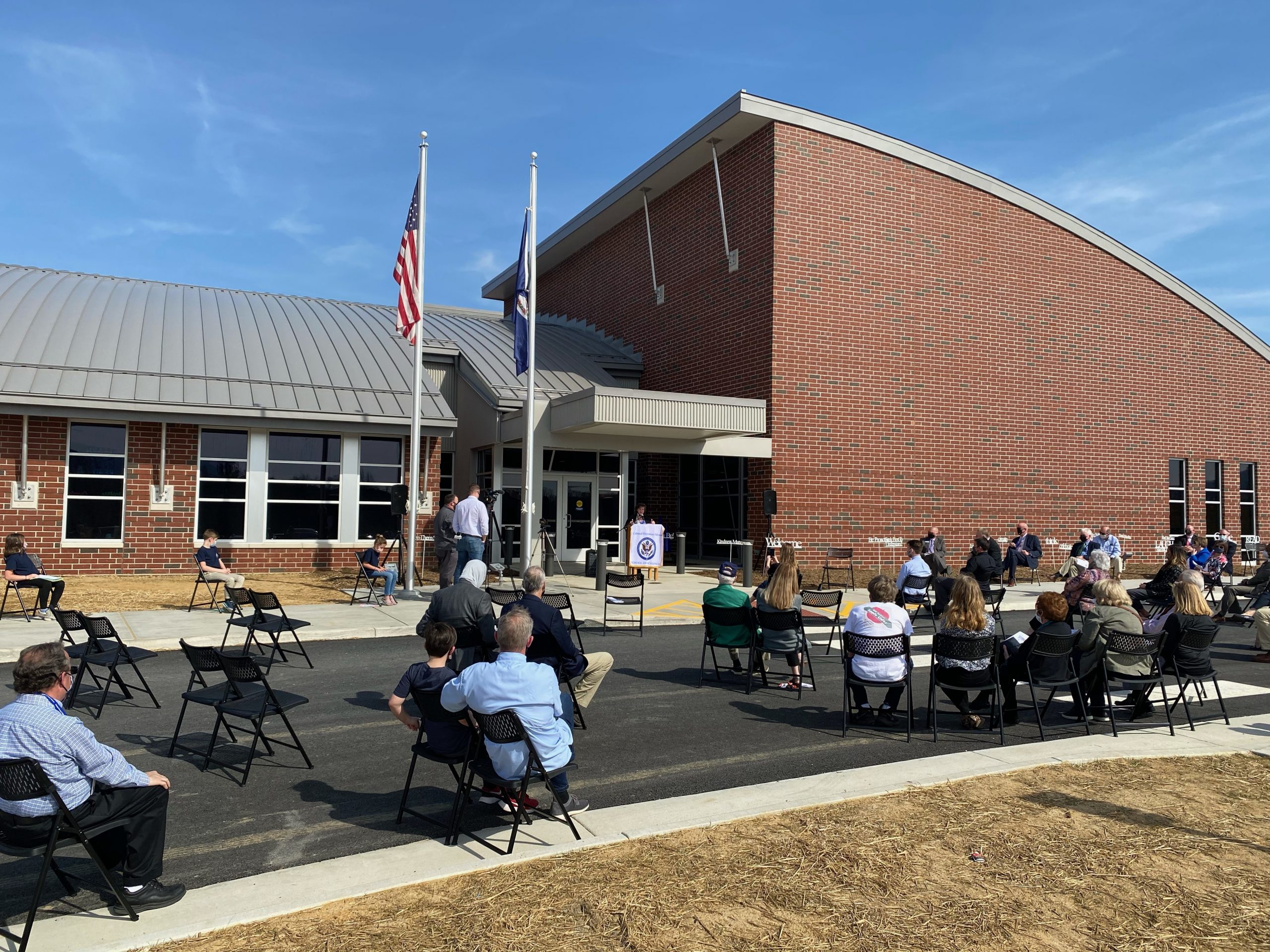
Botetourt County households now have an opportunity to experience the power of fiber-optic Internet. The 2020 pandemic limited many local citizens from attending events and vacations. While many struggled to transition into a new way of life, for the time being, Botetourt County administrators worked diligently to provide the community with a chance of obtaining a resource that many households and businesses in the surrounding areas have yet to encounter.
Over the next few weeks, The Fincastle Herald gives subscribers a closer look at the process of building a “backbone” of fiber-optic lines across Botetourt County.
The Craig-Botetourt Electric Co-op starts a broadband expansion company
In 2019, the Craig-Botetourt Electric Co-op (CBEC) entered uncharted territory. The Virginia Telecommunications Initiative (VATI) granted Botetourt County’s broadband expansion with almost $760,000. The team effort between CBEC and the state of Virginia would allow CBEC to build out fiber to one-third of CBEC’s customers.
Initially, building out fiber-optic lines was a bit of a challenge for CBEC. The company was experienced in building out power lines throughout the community, but building fiber lines presented a different test.
“For us, the construction part of it is something we do on a daily basis,” CBEC CEO Jeff Ahearn explained. “Obviously, it was a little different being that it’s fiber-optic cable as opposed to power lines. One of the big issues was starting a new company (Bee Online Advantage) entirely owned by a not-for-profit cooperative. The subsidiary (Craig-Botetourt Energy and Home Services, LLC) is for-profit that is obviously owned by the membership of the cooperative.”
Customers own electric and telephone cooperatives. Everyone has a share of the company with an equal vote. Many years ago, when Franklin D. Roosevelt first created these cooperatives, he realized that electrical expansion was essential in rural America. That same mentality is the similar mindset in CBEC’s development of rural broadband.
Ahearn executed a contract with Fujitsu, who was the main contractor for the CBEC’s expansion project. Fujitsu is a large manufacturing company that manages communications projects. Bringing Fujitsu’s resources on this project was essential to keep everything on track and within the projected time frames.
By the time CBEC had locked down all their agreements and funding in early 2020, the COVID-19 pandemic struck the world. The issues with manufacturing the fiber-optic cable began.
“On numerous occasions, the plant that was producing the cables had to be shut down due to known COVID cases in their building,” Ahearn continued. “At that time, there were pretty drastic measures taken to decontaminate that facility. Massive manufacturing facilities shut down for two or three days.”
CBEC didn’t start taking delivery of fiber-optic cable until the summer of 2020. Once the materials began rolling in, CBEC only received a majority of materials but were missed integral components that were delayed due to extended lead times or the pandemic. The battle with supply chains at the beginning of the lockdown was a significant issue.
Demands rose for supplies nationwide. CBEC understood other manufacturers’ efforts and what everyone dealt with during such a challenging time for the world. The crew also felt the effects as a handful of workers had to take leave to deal with sickness or from being in direct contact with someone who had the coronavirus.
“I think that we were very blessed with not having a considerable amount of issue with labor as far as the coronavirus was concerned,” Ahearn mentioned. “It was definitely a big player in meeting our deadlines. Having a group of contractors that were very familiar with the construction practice helped.”
While they evaluated their electrical system, the company had to identify poles needed to change out for not meeting National Electric Safety Code (NESC) height clearances. There are requirements set for public safety concerns. When Ahearn and his team looked at what would benefit the membership and the project’s cost, they realized that several poles needed changing. The average price runs $2,000-$3,000 per pole.
Some of their in-state colleagues ran into this issue. Instead of spending the money to change out poles, Bee Online went with a marginally pricier All-Dielectric Self-Supporting (ADSS) fiber-optic cable. This allowed the cables to encroach the same electrical space without changing but half a dozen poles of 40+ miles of fiber.
Once the fiber started to lay down, the next question for Ahern was how it would impact the community.
“We had no idea of the significance until the very first customer we connected,” Ahearn stated. “They mentioned they had a home business with a cellular broadband connection that was marginal at best. The customer entertained the idea of moving out of Botetourt County to maintain their business due to a lack of broadband connectivity. We’ve heard this story numerous times. Now, we’re hearing that these customers realize they can maintain their business at-home thanks to their new broadband connection.”
Ahearn understands that, in time, the community members are going to benefit from this expansion. Not only economically but benefiting from services they didn’t have access to, like telehealth and telemedicine. Their children benefit from this too. Now, remote learning is more readily available. The family can also now experience streaming forms of entertainment like Netflix and Hulu.
In the coming weeks, key leaders in this process explain the expansion and the trials that came with providing Botetourt County with an opportunity to take one step closer to the cutting edge of Internet capabilities.
As more information regarding locality and timelines are reported to subscribers, Botetourt County created a website to explain the specifics of the broadband expansion further. Some of that information will be made available in this series.
For an in-depth look at the broadband project, visit web.botetourtva.gov/broadband. The website provides maps where subscribers can learn about the project’s history, scope, and maps displaying the community’s affected areas.




